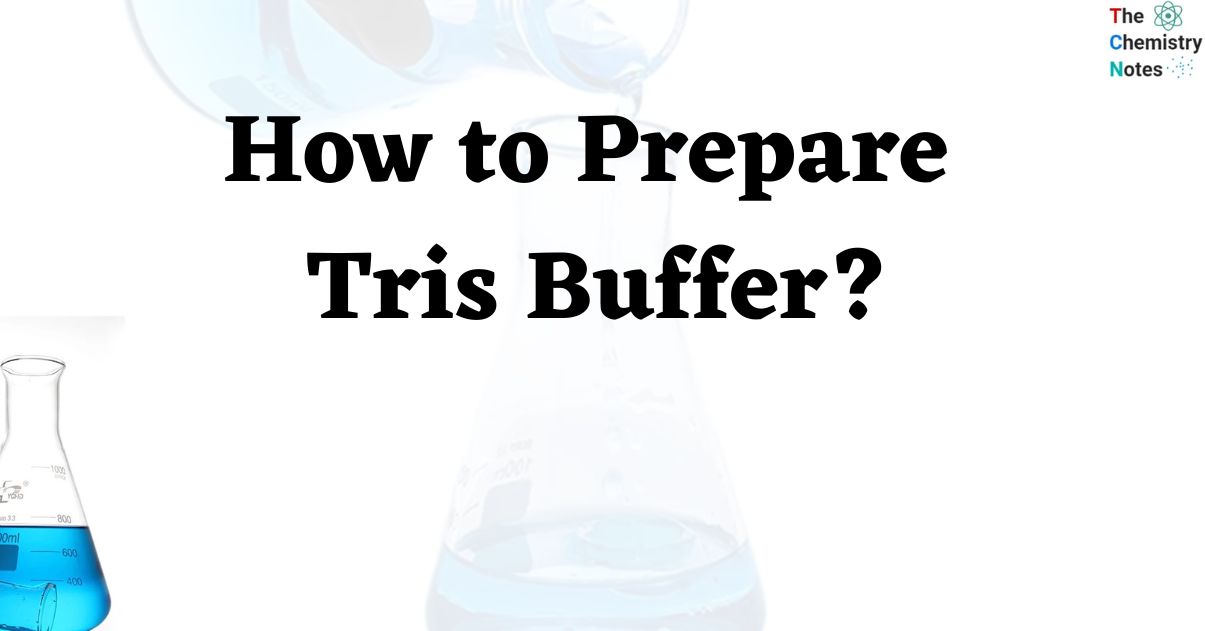Tris is an abbreviation for tris(hydroxymethyl) aminomethane, a chemical molecule that is commonly employed in saline due to its isotonic and non-toxic properties. Tris base and Tris HCl are two common types of Tris buffer.

Tris buffer is a great choice for most biological systems since it has a pKa of about 8.1 at 25°C, making it an efficient buffer in the pH range between 7-9. This pH range is good for the majority of biological processes. Although altering the pH of the Tris base might be difficult, utilizing Tris HCl instead of adding NaOH or HCl can make the procedure easier. Tris HCl has additional benefits over NaOH or HCl, such as safety and repeatability.
There are two methods to prepare a Tris buffer solution. One method is to prepare solutions of Tris base and Tris HCl at the necessary concentrations, then add aliquots of one solution (typically Tris HCl) to the alternative (typically Tris base) solution while monitoring the pH until the proper pH is attained. In actuality, this is quite unusual. Most widely used Tris buffers are typically constructed using simply Tris base.
Interesting Science Videos
Preparation of Tris Buffer
Required Reagents
Calculate the amount of each item required depending on the molar concentration of the desired solution and the amount of buffer required.
- Tris(hydroxymethyl) aminomethane
- Distilled / deionized water
- HCl
Process of Preparing Tris Buffer
- Step 1: Proceed by determining the desired concentration (molarity) and volume of Tris buffer. For saline, for example, the Tris buffer solution varies from 10 to 100 mM. Once you’ve decided what you need to produce, multiply the molar concentration of the buffer by the volume of the buffer you’re making to obtain the number of moles of Tris you’ll need.
- Step 2: Next, multiply the quantity of moles by the molecular weight of tris (121.14 g/mol) to get the amount of grams in this. The formula for tris is (moles) x (121.14 g/mol).
- Step 3: Dissolve the Tris in 1/3 to 1/2 of the whole volume of distilled deionized water.
- Step 4: Add HCl (e.g., 1M HCl) until the pH meter reads the required pH for your Tris buffer solution.
- Step 5: Dilute the buffer with water to get the required final solution volume.
Video Reference
References
- https://www.bio-rad.com/featured/en/tris-buffer.html
- https://www.aatbio.com/resources/buffer-preparations-and-recipes/tris-buffer
- https://www.thoughtco.com/how-to-make-tris-buffer-solution-603668
- https://horizondiscovery.com/-/media/Files/Horizon/resources/Protocols/crrna-tracrrna-resuspension-buffer-protocol.pdf
- file:///C:/Users/Administrator/Downloads/Recipes-Stock.pdf

